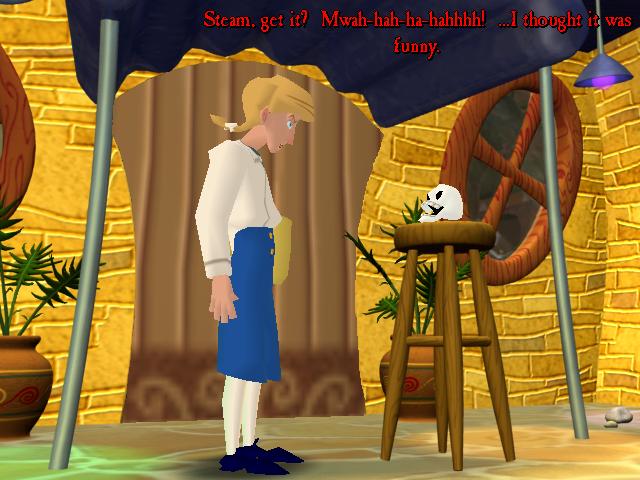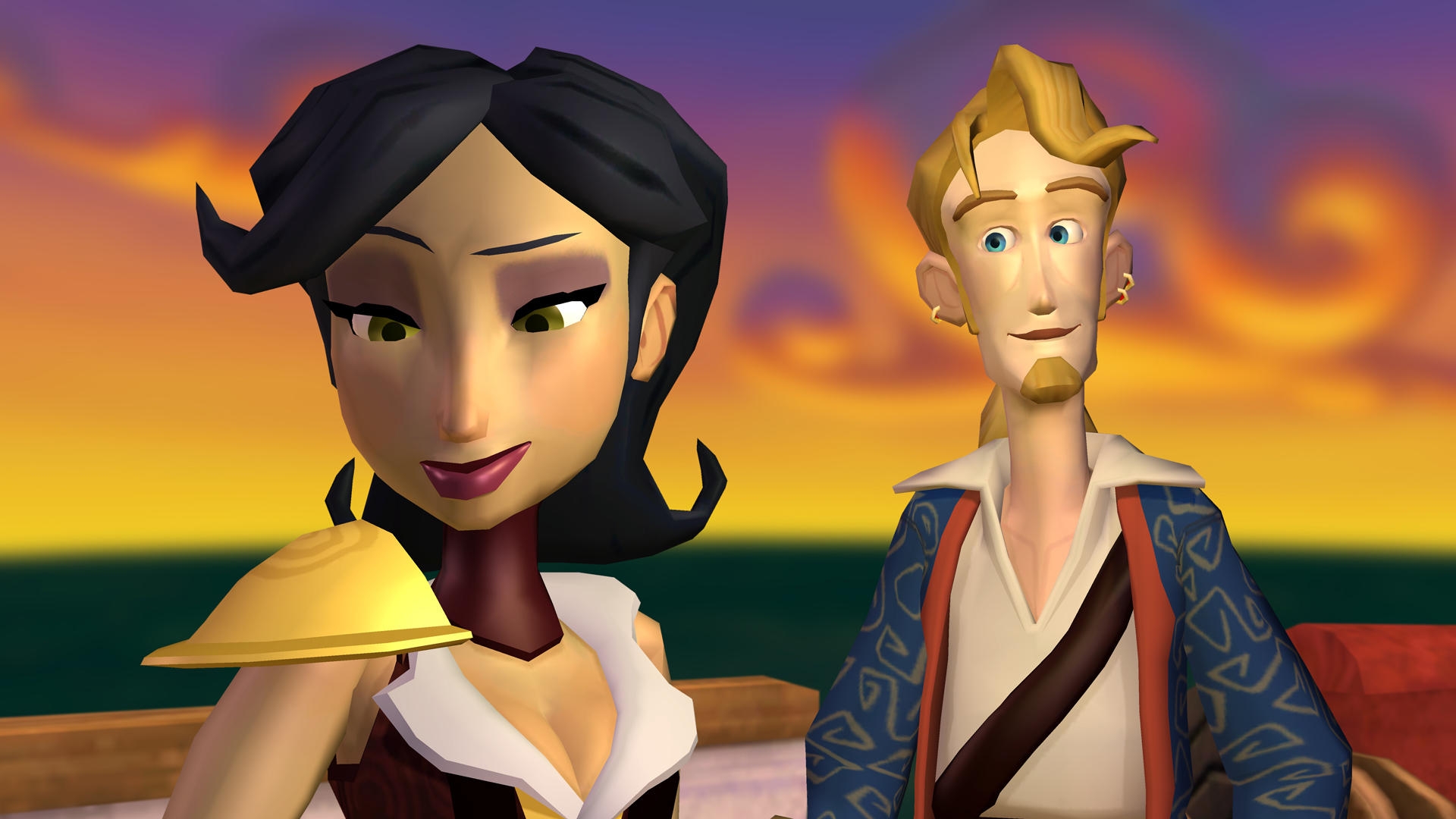The PC as a gaming platform may be something common now, and even elite, for some, but the truth is that a few years ago the catalog of computer games had very few references, Wolfenstein, Doom, Dune, and a genre that was a hallmark of those who sat behind the mouse and keyboard command lines in MS-DOS: Graphical Adventures.
Early games of this style were purely text-based games, with the ability to choose an option and see how the story unfolds, as if it were a “choose your own adventure” book but digital. Come to think of it, perhaps unknowingly, these developers were behind the Ebook. Over time, these titles will evolve into so-called graphic adventures, with LucasArts (now LucasFilms Games) in the lead and with Monkey Island as a benchmark.
The announcement of a new installment of the adventures of Guybrush Threepwood (a great pirate) with its original creator Ron Gilbert has brought smiles to the oldest among us and this may be the best time to take a look at the saga and see how successful its evolution has been from the first game – somewhat rudimentary – to the present day. Join me as you enjoy a Toddy, courtesy of the house.
A journey into a pirate past with Monkey Island
I am rubber, you are tail: the first Monkey Island
Prior to Monkey Island, LucasArts was taking its first steps with Labyrinth, a game based on David Bowie’s acclaimed film that was gaining popularity among younger people around the world. The quality of the title was evident both in the gameplay and in the technical section, allowing players to choose actions through a word roulette, unheard of at the time.
Just a year after that release, Maniac Mansion would arrive, allowing players to choose actions with the mouse, without the need for text. The game was created by Ron Gilbert and Gary Winnick and the idea was to satirize horror movies, a goal they more than achieved through their dialogue and overall storytelling.
This same structure will arrive in 1990 at The Secret of Monkey Island, at the hands of Ron Gilbert, Tim Shafer and Dave Grossman, who take over the bases of Maniac Mansion and multiply them by a million. Absurd humor and quirky characters were again present and largely contributed to the success, but no doubt the graphical interface revolutionized the genre, and those who were lucky enough to be able to play with a Soundblaster card installed were also delighted with the music of Michael Land which accompanied the phases.
Monkey Island 2: Lechuck’s Revenge

A year later, in 1991, LucasArts launched what for many (myself included) would be the best game in the saga: Monkey Island 2: LeChuck’s Revenge. While this installment didn’t deviate much from its predecessor, it still had more comedy elements and improved the interface a lot more.
Although it was significantly better than the original, it was a commercial failure and the studio told the creatives that for the next project they should move away from that humor so characteristic of the saga, which, among other things, says goodbye to Ron Gilbert. creation until the new episode recently announced.
No hay dos in tres: Curse of Monkey Island

We were going to spend several years without Guybrush but in 1997 finally arrives The Curse of Monkey Island, which if I remember correctly was released on 2 CDs, and takes advantage quite well of the technological advantages of the time. Designed by Bill Tiller, the game featured a lot more cartoon graphics than previous versions and in a sort of cell shading hand painted. This third part of the story was the first to give voice to the characters, with excellent work by Dominic Armato as Guybrush.
The game featured the same action system as another great LucasArts game, Full Throttle, which made it much more accessible to the public. The Curse of Monkey Island went well and carved out a place for itself among newcomers to the story and those who already knew this world very closely.
Escape from Monkey Island

The last LucasArts game came out in 2000 with another graphical change to the saga, which in this case was clearly influenced by the era it was released in, a time when everything was going 3D. As in the previous case, the developers opted for another game of their own and Escape from Monkey Island used the GrimE engine, the same engine used by the developers of the beloved Grim Fandango.
Reviews accompanied the release and sales were good, if not remarkable, but already it was starting to be noticed that the genre was in its twilight years and the lack of anything completely innovative in the story meant that today it was c was the most forgotten episode. for fans of the saga.
Latest so far: Tales from Monkey Island

Following the cancellation of a new Sam & Max game, there was a mass exodus of developers leaving LucasArts to join other companies, leaving Monkey Island adrift until 2009, where it found refuge at Telltale. Games.
Hand in hand with Dave Grossman, Telltale released individual episodes of Tales of Monkey Island from July 2009 to February 2010 with a new art design that majestically combined, in my opinion, the characteristics of the first two episodes with the last two, in a perfect mix.
The critics smiled at the production which was able to become the best-seller of the catalog of the developers until the launch of Back to the future.
We will see how the new Return of Monkey Island treats us and what Ron Gilbert and company have prepared for us for a very special return for all lovers of this genre.
Table of Contents





